Welcome to our guide on mastering the various D&D 5e damage types. As a player, understanding the different types of damage available in the game is essential to effective gameplay. Whether you’re a seasoned player or just starting, this guide will provide a comprehensive overview of all the different damage types available in D&D 5E and how they can be used to maximum effect.
We will introduce the concept of damage types and their importance in gameplay. We will explore the different types of damage available in the game, and provide a brief overview of their effects. With this knowledge, you’ll be able to make strategic choices and maximize your effectiveness in combat encounters.
Understanding Physical Damage Types in D&D 5E
In D&D 5E, physical damage types are some of the most common damage types encountered in combat. Understanding how they work is crucial for maximizing your effectiveness in battles.
The three primary physical damage types in D&D 5E are:
| Damage Type | Example Weapons | Example Spells |
|---|---|---|
| Slashing | Sword, Axe, Scimitar | Blade Ward, Steel Wind Strike, Flame Blade |
| Piercing | Dagger, Spear, Bow | Melf’s Acid Arrow, Magic Missile, Ice Knife |
| Bludgeoning | Mace, Club, Warhammer | Thunderwave, Shatter, Guiding Bolt |
When you attack with a weapon that deals physical damage, you must consider the armor class and resistances of your target. For instance, if you’re fighting an enemy with high AC, you may want to use a piercing weapon to bypass their armor. If the enemy has resistance to slashing damage, you may want to use a different damage type to deal more damage.
It’s worth noting that some weapons can deal multiple physical damage types. For example, a morningstar does both piercing and bludgeoning damage. This versatility makes it useful in situations where you may need to switch up your damage type on the fly.
Armor Interactions with Physical Damage Types
Some armor types are more effective against specific types of physical damage. For example, heavy armor is more effective against slashing and piercing damage, while lighter armor is more effective against bludgeoning damage.
It’s also worth noting that certain spells can enhance your armor’s effectiveness against physical damage. For example, the Mage Armor spell can boost the AC of a target, making them more resistant to physical attacks.
By understanding how physical damage types work and interact with armor and resistances, you can maximize your effectiveness in combat encounters and emerge victorious in battle.
Unleashing Magical Damage Types in D&D 5E
Magical damage types are a crucial aspect of combat in D&D 5E. Unlike physical damage, magical damage cannot be mitigated by armor, making it more potent in many situations.
There are several magical damage types in the game; some of the most common ones include:
| Damage Type | Description |
|---|---|
| Fire | Deals heat and flame damage. Fire spells are often useful against flammable enemies or in areas with combustible materials. |
| Cold | Deals freezing damage. Cold spells are often useful against creatures that are vulnerable to cold damage. |
| Lightning | Deals electric damage. Lightning spells can be useful against enemies that are susceptible to electricity or in areas with conductive surfaces. |
| Necrotic | Deals damage to life force. Necrotic spells are often used against undead enemies or creatures that rely on life force to survive. |
Other magical damage types include acid, poison, psychic, radiant, and thunder damage. Each type has its unique properties and can be useful in different situations.
When using magical damage, it’s essential to consider the enemy’s resistances and vulnerabilities. Some creatures may be immune to certain magical damage types, while others may take extra damage from them. For example, a fire elemental will be immune to fire damage, while a gelatinous cube will take extra damage from fire-based spells.
Tip: Be sure to communicate with your party members about the magical damage types they can use. You can coordinate attacks to take advantage of enemy vulnerabilities, maximizing the effectiveness of your spells and abilities.
As a spellcaster, choosing the right magical damage type can significantly impact your combat effectiveness. Consider your class abilities and the type of enemies you’re facing to determine which damage types will be most useful in a given situation.
Overall, magical damage types are a key part of D&D 5E’s combat system. Understanding how they work and utilizing them strategically can give you a significant advantage in battles.
Elemental Damage Types in D&D 5E
Elemental damage types refer to those that are tied to the natural elements of the world. These include acid, cold, fire, lightning, poison, and radiant damage. Each of these damage types has unique properties that can be leveraged to great effect in combat.
Acid: Acid damage is often used by creatures with corrosive attacks or as a result of environmental hazards. It bypasses many forms of protection, including armor made of metal, and can often melt through weaker materials.
Cold: Cold damage is typically associated with spells and attacks that involve freezing temperatures. It can slow down or even freeze opponents, making them easier to hit or immobilizing them entirely.
Fire: Fire damage is one of the most common damage types and is often used by creatures with fiery breath attacks or as a result of environmental hazards. It can ignite flammable objects and even set entire areas ablaze.
Lightning: Lightning damage is typically associated with electrical attacks that can chain between multiple targets. It can also stun opponents and disrupt their actions.
Poison: Poison damage is often used by creatures with venomous attacks or as a result of environmental hazards. It can cause lingering effects, such as nausea or paralysis.
Radiant: Radiant damage is often associated with spells and attacks that involve holy energy. It is particularly effective against undead and fiendish creatures, and can often cause them to recoil in fear or pain.
When facing enemies with elemental damage resistance or immunity, it’s important to consider alternative tactics and damage types. For example, a creature with resistance to fire damage may take normal damage from cold attacks, while a creature immune to poison may be vulnerable to physical damage types such as slashing or bludgeoning.
By understanding the elemental damage types in D&D 5E, players can better strategize and adapt to any situation in combat.
Understanding Damage Resistance Types in D&D 5E
One important aspect of the D&D 5E damage types system is the concept of damage resistance. Simply put, damage resistance means that a creature or character is less vulnerable to certain types of damage, reducing the amount of damage they take from those sources. This can significantly affect combat encounters, making it critical for players to understand different damage resistance types and how to overcome them.
There are six primary damage resistance types in D&D 5E:
- Bludgeoning, Piercing, and Slashing Damage Resistance: This type of resistance is often found on creatures with tough skin or armor, reducing the damage they take from physical attacks.
- Cold Damage Resistance: Creatures with cold damage resistance are less affected by attacks that deal freezing or icy damage.
- Fire Damage Resistance: Some creatures have fire damage resistance, reducing the amount of damage they take from fire-based attacks.
- Lightning Damage Resistance: Creatures with lightning damage resistance are less affected by electric attacks.
- Necrotic Damage Resistance: Necrotic damage is often associated with undead creatures, and those with resistance to this damage type take less damage from spells or attacks that deal necrotic damage.
- Poison Damage Resistance: Certain creatures may have poison damage resistance, reducing the amount of damage they take from poisonous attacks.
It’s important to note that some creatures may also have immunity to certain damage types, meaning they take no damage from those sources. Additionally, some spells or weapons may bypass damage resistance, allowing players to deal full damage even to resistant targets.
Overcoming damage resistance often requires strategic thinking and the use of different tactics and damage types. For example, if an enemy has resistance to piercing damage, it may be more effective to use weapons or spells that deal fire or lightning damage instead. Alternatively, players may consider using alternative attacks that do not deal damage, such as grappling or shoving, to disable or hinder resistant enemies.
Overall, understanding damage resistance types is key to successfully navigating combat encounters in D&D 5E. By adapting your tactics, utilizing different damage types, and keeping an eye out for vulnerabilities or immunities, you can overcome even the toughest foes and emerge victorious.
Strategic Considerations for Damage Types in D&D 5E
When engaging in combat encounters in D&D 5E, players should carefully consider the damage types they use in order to maximize their effectiveness. It’s important to take into account the enemy’s vulnerabilities, resistances, and immunities when selecting which damage types to use. Here are some strategic considerations to keep in mind:
- Know your enemy: Before entering a combat encounter, try to gather as much information as possible about the enemy’s strengths and weaknesses. This can help you choose damage types to exploit their vulnerabilities or avoid their resistances.
- Consider party composition: When selecting damage types, think about what kind of damage your fellow party members are dealing. If you have multiple characters dealing the same type of damage, it may be more effective to diversify to avoid resistance.
- Experiment with combinations: Combining different damage types can be an effective way to overcome resistances. For example, casting a spell that deals fire damage and then following up with an attack that deals bludgeoning damage can bypass an enemy’s resistance to fire.
- Adapt to the situation: Be prepared to switch up your tactics based on the specific encounter. Some enemies may be vulnerable to specific damage types, while others may be immune. Don’t be afraid to experiment and try new strategies.
By keeping these strategic considerations in mind, players can effectively utilize damage types in their combat encounters, maximizing their effectiveness and increasing their chances of success.
Maximizing Attack Options in D&D 5E
Combining different damage types can lead to devastating attacks in D&D 5E. Certain spells and weapons are particularly effective when used in combination with specific damage types, allowing players to deal immense amounts of damage.
For instance, a Thunderwave spell deals thunder damage, which can be combined with a weapon that deals slashing damage to create a powerful combo. This can be particularly useful against enemies that have resistance to a single damage type.
It’s also important to consider enemy vulnerabilities. Some enemies are particularly susceptible to certain damage types, and players can take advantage of this to maximize their effectiveness in combat. For example, a creature weak to radiant damage can be dealt a heavy blow with a powerful Radiant Soul spell.
When utilizing damage types, players should also consider environmental factors. For example, using a fire spell in a dry forest can lead to disastrous results and leave players vulnerable to counterattacks from enemies.
Adapting to different scenarios is key to success in D&D 5E. Players should always keep a variety of damage types in their arsenal and be ready to adjust their tactics as the situation demands.
Incorporating Damage Types into Character Creation
Character creation is a crucial aspect of playing D&D 5E, and incorporating damage types into this process can enhance your character’s overall effectiveness. Here, we’ll take a look at some tips and considerations for creating a character that maximizes damage types.
Choose a Race that Synergizes with Your Damage Type
Each race in D&D 5E has its own unique traits and abilities, some of which may be better suited for certain damage types than others. For example, if you plan on dealing fire damage, choosing a Tiefling race gives you resistance to fire and access to the Hellish Rebuke spell, which deals fire damage.
Select a Class that Emphasizes Your Preferred Damage Type
Some classes in D&D 5E are better equipped for dealing certain types of damage. For example, a Ranger with a bow may excel at dealing piercing damage, while a Sorcerer may have access to a variety of spells that deal fire damage. Consider your preferred damage type when selecting your character’s class.
Choose Abilities that Complement Your Damage Type
After selecting your race and class, consider choosing abilities that complement your preferred damage type. For example, selecting the Elemental Adept feat gives you the ability to ignore resistance to your chosen damage type, while the War Caster feat allows you to cast spells even when holding a weapon or shield.
Maximize Spell and Weapon Options
Finally, consider maximizing your spell and weapon options to incorporate multiple damage types. For example, a Paladin may use their Smite ability to deal radiant damage, while also wielding a sword that deals slashing damage. This allows for greater flexibility in combat and a wider range of options to overcome enemy resistances.
By incorporating damage types into your character creation process, you can create a more effective and versatile character that can adapt to any combat encounter. Remember to consider race, class, abilities, and the use of multiple damage types to maximize your character’s potential.
FAQ about D&D 5E Damage Types
Here are some frequently asked questions about damage types in D&D 5E:
1. Can a creature have resistance to multiple damage types?
Yes, a creature can have resistance to multiple damage types. However, keep in mind that some creatures may also have vulnerabilities to certain damage types, so it’s important to know your enemy’s strengths and weaknesses.
2. Can damage types be combined?
Yes, damage types can be combined if the weapon or spell that deals the damage specifies that it deals multiple types of damage. For example, a spell might deal both fire and lightning damage.
3. Are there any damage types that are more effective against certain types of creatures?
Yes, some creatures may be vulnerable or resistant to specific damage types. For example, undead creatures are typically immune to poison damage and resistant to necrotic damage, while fiends are resistant to fire damage. It’s important to study your enemy’s weaknesses and tailor your attacks accordingly.
4. Can you change the damage type of a weapon or spell?
Generally, no. The damage type of a weapon or spell is typically fixed and cannot be changed. However, there may be certain abilities or spells that allow you to temporarily change the damage type of your attacks.
5. How do I know which damage type to use?
The best damage type to use depends on the specific enemy you are facing. As a general rule, it’s important to try to exploit your enemy’s weaknesses while avoiding their strengths. For example, if you are facing a group of undead creatures, you may want to avoid using weapons or spells that deal poison damage and instead focus on radiant damage.
By keeping these FAQs in mind, you can improve your understanding and strategic use of damage types in D&D 5E.




